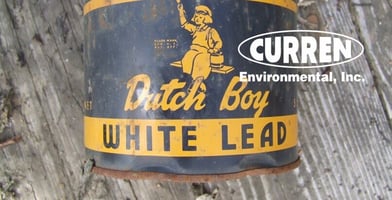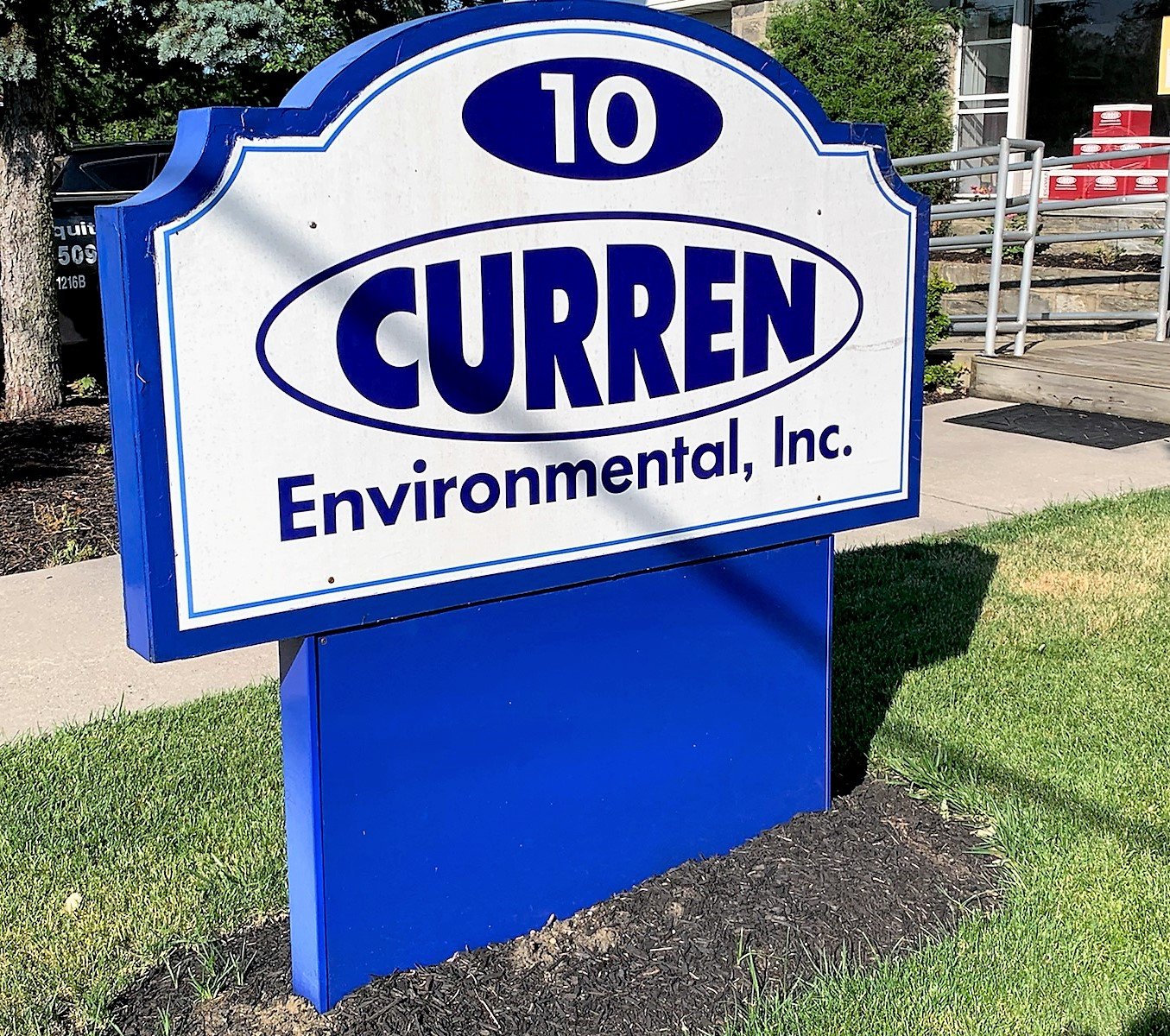A comprehensive resource for homeowners and real estate professionals.
 Introduction
Introduction
Mold—it's the unwelcome houseguest that no homeowner or realtor wants to encounter. Beyond being unsightly, mold can compromise structural integrity, decrease property values, and pose serious health risks. Whether you're a homeowner wanting to protect your living space or a realtor helping clients maintain valuable properties, understanding mold prevention is essential.
In this guide, we'll explore practical, effective strategies to keep homes mold-free, identify early warning signs, and address small problems before they become costly nightmares.
Understanding Mold: Know Your Enemy
Mold is a type of fungus that reproduces by releasing spores into the air. These microscopic particles are virtually everywhere, both indoors and outdoors. When spores land on damp surfaces with organic material (like wood, drywall, or fabric), they can quickly develop into mold colonies under the right conditions.
 What mold needs to grow:
What mold needs to grow:
- Moisture or high humidity (above 60%)
- Food source (almost any organic material)
- Oxygen
- Warm temperatures (typically 77-86°F, though some molds can grow in cooler environments)
- Time (as little as 24-48 hours under ideal conditions)
Common Household Mold Hot Spots
 Bathrooms
Bathrooms
- Shower stalls and curtains
- Under and around toilets
- Sink cabinets
- Grout between tiles
- Ceiling (especially if ventilation is poor)
 Kitchen
Kitchen
- Under the sink
- Behind the refrigerator
- Microwave and other appliances
- Garbage disposal areas
 Basement & Crawl Spaces
Basement & Crawl Spaces
- Around foundation cracks
- Near sump pumps
- Around windows
- On exposed dirt
 Other Problematic Areas
Other Problematic Areas
- Window sills and frames
- Air conditioning units and ductwork
- Attic spaces (especially around roof leaks)
- Laundry areas
- Under carpeting in damp areas
10 Essential Mold Prevention Strategies
1. Control Indoor Humidity
Maintain indoor humidity between 30% and 50%. Use dehumidifiers in naturally damp spaces like basements, and monitor levels with a hygrometer (humidity meter).
2. Ensure Proper Ventilation
- Install and use exhaust fans in bathrooms, kitchens, and laundry rooms
- Ensure dryer vents direct air outside, not into attics or crawl spaces
- Consider energy-efficient ventilation systems for whole-house humidity control
3. Address Water Issues Promptly
- Fix leaky roofs, windows, and pipes within 24-48 hours
- Inspect water-using appliances regularly (water heaters, washing machines, dishwashers)
- Clean and repair roof gutters to prevent water seepage
4. Improve Air Circulation
- Don't push furniture completely against the walls
- Open doors between rooms
- Use ceiling fans to increase air movement
- Open windows when weather permits (unless outdoor humidity is high)
5. Basement and Foundation Care
- Apply waterproof sealants to basement walls and floors
- Ensure proper grading around foundations to direct water away
- Consider installing a sump pump if basement flooding is an issue
6. Smart Bathroom Habits
- Squeegee shower walls after use
- Hang towels to dry completely
- Leave the shower doors/curtains open to allow drying
- Clean bathroom surfaces regularly with mold-inhibiting products
7. Strategic Landscaping
- Don't place mulch directly against home foundations
- Trim vegetation to allow airflow near exterior walls
- Ensure sprinklers don't spray directly onto the house
8. Mold-Resistant Building Materials
When renovating or building, consider:
- Mold-resistant drywall or Sheetrock
- Mold-inhibiting paints
- Paperless drywall for bathrooms
- Cement board in shower and bath areas
9. Regular Home Inspections
- Check hidden areas quarterly (behind appliances, under sinks)
- Inspect attics during rainy seasons
- Look for water stains, discoloration, or musty odors
10. HVAC Maintenance
- Change air filters regularly (every 1-3 months)
- Have ducts professionally cleaned if mold is suspected
- Consider UV lights for HVAC systems to kill airborne spores
Early Warning Signs of Mold Problems
Be alert for these indicators that mold might be developing:
- Musty, earthy odors
- Visible water stains or discoloration
- Peeling or bubbling paint/wallpaper
- Warping of wood
- Increased allergy symptoms indoors
- Excessive condensation on windows or pipes
Health Impacts: Why Mold Prevention Matters
Mold exposure can cause various health issues, especially for sensitive individuals:
- Nasal congestion, coughing, and wheezing
- Eye irritation
- Throat irritation
- Skin rashes
- Headaches
- More severe reactions in those with asthma or compromised immune systems
For Realtors: Protecting Your Clients and Listings
During Property Evaluations
- Know how to spot potential mold issues during walkthroughs
- Recognize "cover-up" signs like fresh paint in unusual areas
- Include mold inspections in standard home inspection recommendations
When Listing Properties
- Advise sellers on addressing mold issues before listing
- Document mold remediation efforts
- Understand disclosure requirements in your state
- Consider pre-listing inspections to identify problems early
Protecting Vacant Properties
- Set thermostats appropriately (usually above 55°F)
- Consider periodic dehumidification
- Ensure regular property checks
- Maintain minimal water use in plumbing systems
DIY Mold Cleaning Solutions
Important Safety Notes:
- Never mix bleach with ammonia or other household cleaners
- Always wear gloves and a mask when cleaning mold
- Ensure adequate ventilation
When to Call Professionals
Consider professional help when:
- Mold is inside HVAC systems
- There's mold growth after flooding with contaminated water
- You suspect hidden mold in walls or ceilings
- Residents experience health symptoms potentially related to mold
- Different smells that you are unfamiliar with, especially in attics, crawl spaces and basements
Seasonal Mold Prevention Calendar
Spring
- Check for winter water damage
- Clean gutters after spring blossoms
- Inspect the roof after winter weather
- Test the sump pump before spring rains
Summer
- Monitor air conditioning systems
- Check for condensation issues
- Inspect outdoor sprinkler spray patterns
- Clean and dry pool equipment properly
Fall
- Clear gutters of autumn leaves
- Check window seals before winter
- Inspect attic ventilation
- Examine the basement for summer condensation issues
Winter
- Monitor indoor humidity during the heating season
- Check for ice dams on roofs
- Ensure proper ventilation when using humidifiers
- Inspect pipes in cold areas for condensation
Conclusion
Preventing mold is far easier and more cost-effective than addressing an established problem. By implementing these strategies, homeowners can protect their health and property value, while realtors can better serve clients by identifying potential issues early.
Remember, the key to successful mold prevention lies in controlling moisture, ensuring proper ventilation, and staying vigilant through regular inspections. Taking these proactive steps today can save thousands in remediation costs tomorrow.


 Most budget oil tank sweep companies use simple metal detectors—the same technology hobbyists use to find coins at the beach. While these devices can detect metal objects underground, they provide extremely limited information:
Most budget oil tank sweep companies use simple metal detectors—the same technology hobbyists use to find coins at the beach. While these devices can detect metal objects underground, they provide extremely limited information: The GPR Advantage: Seeing What's Actually Underground
The GPR Advantage: Seeing What's Actually Underground GPR oil tank sweeps typically cost a few hundred dollars more than basic metal detector surveys. However, this small upfront investment provides significant advantages:
GPR oil tank sweeps typically cost a few hundred dollars more than basic metal detector surveys. However, this small upfront investment provides significant advantages:


 Surface Sampling
Surface Sampling
 Different rooms showing dramatically different mold profiles can help pinpoint problem areas. For example, significantly higher levels in a basement compared to upstairs living spaces might indicate basement moisture issues.
Different rooms showing dramatically different mold profiles can help pinpoint problem areas. For example, significantly higher levels in a basement compared to upstairs living spaces might indicate basement moisture issues.









 What costs could these worst-case residential oil tank leaks involve? Every residential oil tank leak is different and these costs can approach up to a million dollars. Curren Environmental is currently working on a site that is budgeted at $540,000 for remediation and we have to let them know that’s not the worst case that we have seen.
What costs could these worst-case residential oil tank leaks involve? Every residential oil tank leak is different and these costs can approach up to a million dollars. Curren Environmental is currently working on a site that is budgeted at $540,000 for remediation and we have to let them know that’s not the worst case that we have seen. We were involved with a site where the house had to be torn down and the owner is having a problem with zoning to rebuild the house because the house footprint does not conform to the lot size and since the foundation is gone, you must comply with current zoning setback and impermeable ground cover. That’s kind of a worst case, you can’t rebuild to the same footprint.
We were involved with a site where the house had to be torn down and the owner is having a problem with zoning to rebuild the house because the house footprint does not conform to the lot size and since the foundation is gone, you must comply with current zoning setback and impermeable ground cover. That’s kind of a worst case, you can’t rebuild to the same footprint. Doctors call it a diagnosis, which is provided after testing and evaluation. Environmental consultants call it a delineation where we test and assess and evaluate options to remediate. We define the vertical and horizontal extent of contamination, what media is contaminated is it just soil, or is groundwater impacted as well? If you don’t know how big or small the problem you can’t guess the worst case, some sites only cost $75,000.
Doctors call it a diagnosis, which is provided after testing and evaluation. Environmental consultants call it a delineation where we test and assess and evaluate options to remediate. We define the vertical and horizontal extent of contamination, what media is contaminated is it just soil, or is groundwater impacted as well? If you don’t know how big or small the problem you can’t guess the worst case, some sites only cost $75,000.
